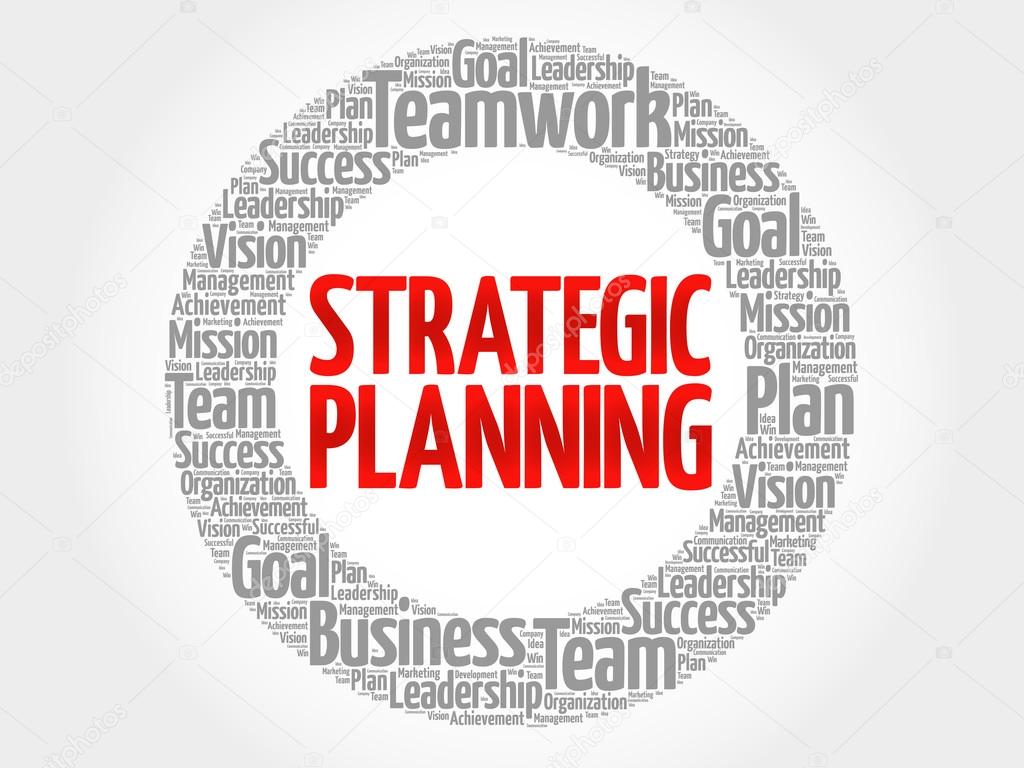1. Management
Level Planning
The Management Strategy core operation for BOD and
EXECUTIVES, Frankly SME Owners are more trained in same than any other
professionals in world, despite this fact they need support from ABC3M
to reconfigure business operations in tune with modern business processes. The
problem of SME is not “Understanding of Situation” but is “required process for
transition”, “Techniques to Track and Control Changes” and “updating knowledge
base about operating procedures under evolving processes”
Instead of Discussing each strategy in detail we are going
to use Question based Analytics Method to measure organizational performance
for same, same time keeping in mind the adoption of each strategy is function
of BOD AND EXECUTIVES has to be kept in mind. Another important aspect that
must be understood STRATEGY is Outcome of COSTING PLANNING, whether those cost
are monetary or non-monetary. In order to Discuss Same here are few essential
control strategies from ENTERPRISE PERFORMANCE MANAGEMENT perspective:
1.
Strategies Used for Production
a.
Lead Strategy
b.
Chase
Strategy
c.
Level Strategy
2.
Bottleneck Analysis Done by Management
3.
Value Analysis Exercise and Monitoring Value
Chain Analysis for Absolution due to Changes in Market
4.
Periodic Internal and External Benchmarking
Process Adaptation
5.
Value Chain Analysis is Established in Overall
Organization Level or Not?
6.
Whether Life Cycle Costing is used for Overall
Product Planning?
7.
What is Learning Curve and Experience Curve of
Directors
8.
Does Directors have formal Process for Growth
Planning and Performance Analysis?
9.
Does Directors have made efforts into stabilizing
Import and also have made efforts into import substitutes development?
10.
What is Margin of Safety Considered by
Management for Control of Additional Expenses to be incurred for improved
performance?
11.
Strategy Employed for Improving Overall
Organizational Imbalance in Sales and Production Scheduling
12.
Does Joint Venture and Special Arrangement
opportunities are searched by Management with Identified Market Opportunities
13.
Talent Management Strategy Adopted by
Management?
14.
Pricing Strategy
15.
Product and Product Mix and Placement Strategy
16.
Quality Function Development and Cost of Quality
with respect to Premium Earning Strategy used by Management
17.
Market Share Improvement Strategy by Management
18.
Competition Management Strategy used by
Management
19.
SCM optimization Strategy Used by Management
20.
Attrition Control Mechanism used by Management
21.
CRM Strategy used by Management
22.
Drs and Crs Management Policy by Management
23.
Creation of Policy Document across all Functions
to optimized operations
24.
Fund Management and Non-Core Investment
management policy
25.
Contingencies Management Plan preparation from
Management
26.
Asset Acquisition Plan and Financing Strategy to
build Core Infrastructure and Supporting Investments Policy
27.
Strategy for Building Overseas Operations
28.
Vertical and Lateral Business Combinations and
Acquisition Strategy
29.
Overall Human Resource Retention and Development
Policy
30.
Debt-Equity Mix Management Policy
31.
Executive Development for Segments Development
Strategy
32.
Use of Related Parties for Deeper Business
Integration Strategy
33.
EPS Planning for Potential IPO or DEBT Listing
for Capital Structure Improvement Strategy
34.
Industry Leadership Attainment Resource Planning
35.
Risk Management Strategy
36.
Use of IT Tools for Effective Business Process
Management Strategy
37.
R&D Area Identification and Linking same
with Industry Trend Development Analysis
38.
Brand Value Development Strategy
39.
DISTINCTIVE ADVANTAGE CREATION ANALYSIS
40.
Distribution Network Development and Cost
Control Strategy
41.
PRODUCTION OPTIMIZATION STRATEGY
Again this is not a complete list, as discussed earlier; ABC3M
requires each function to be addressed as different Client-Service Relationship
to enable company to establish Business Process according to their own
requirements and based on same they have to revise planning 2-3 times to first
establish rules that will help them face future and accommodate needed
flexibility in company operations to for change. Then they can have right mix
of strategy, But again for same they need to Decide the Profit Centres and Cost
Centres along with Cost Driver and Cost Unit and then identify primary
overheads allocation method and then secondary allocation method to arrive at
perfect strategy, Once this exercise is complete next step is to assess these
Cost Drivers and their respective role in future due to change in technology
and then select a strategy to mange them. In this Exercise various facts and
information needed to be dealt again and again to mature system and to accept
an accommodating reporting structure and that is what can be said to be near
perfect MIS, The Final Objective of ABC3M implementation process and
yet the exercise still stays open, as every quarter or financial period the
parameters need to be changed to accommodate changes in environment that change
the input cost, and to match it with output; company needs to keep doing this
exercise again and again and also need to take help of tools like Target
Costing to enable company in Maintaining the DISTINCTIVE ADVANTAGE.
ABC3M is a perpetual process to enable company to create and reinvent DISTINCTIVE ADVANTAGE, That must be done again and again to make it as tool to improve function and Business Operations, That allows SME’s to Stand a chance against Large Players. As professionals our job is to enable SME’s to Find that DISTINCTIVE ADVANTAGE AND MIS that will enable them to win this.

